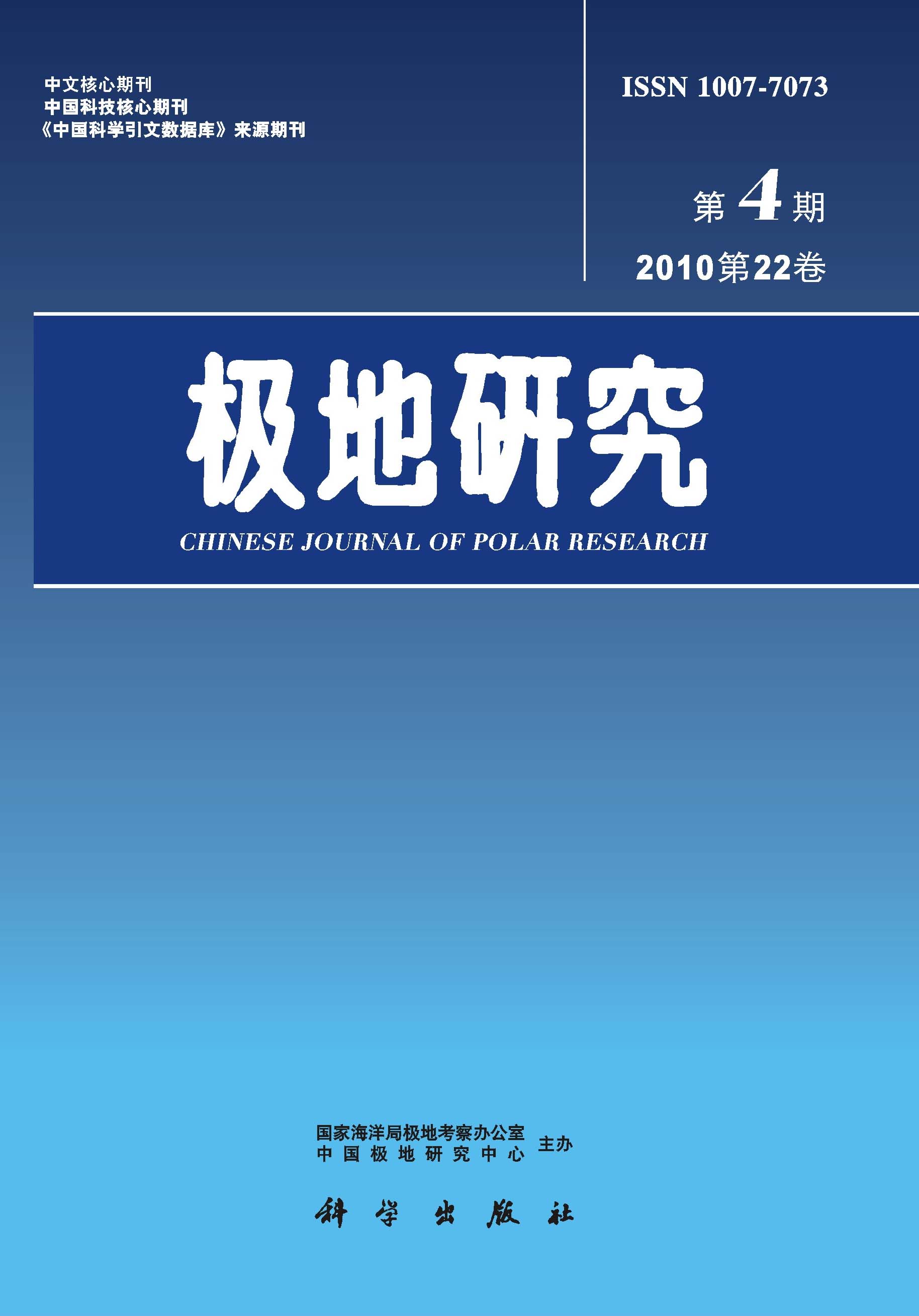Geochemical characteristics of rare earth elements (REE) and sedimentary features were studied in the borehole 96 7 1 from Elson Lagoon in Barrow, Arctic Alaska. The results showed that total contents of REE(∑REE) are lower, suggesting physical weathering dominates, therefore, concentrations of rare earth elements are lower in the paleosedimentary environment. The chondrite normalized distribution patterns of REEs are characterized by light REE(LREE) enrichment and Eu depletion with terrestrial sedimentary rocks as the parent materials. In a comparison with the borecore AB-67 in Elson Lagoon, the main conclusion for climatic and environmental changes are similar: before 1740 AD, it was cold and dry with terrestrial properties, but comparatively warm around 1550 AD; after 1740 AD, it was fluctuatedly warm, and markedly warm after 1821 AD; a cold period appeared around 1890 AD; from 1904 to 1996 AD, it was continuously warm, but relatively cold around 1971 AD.

